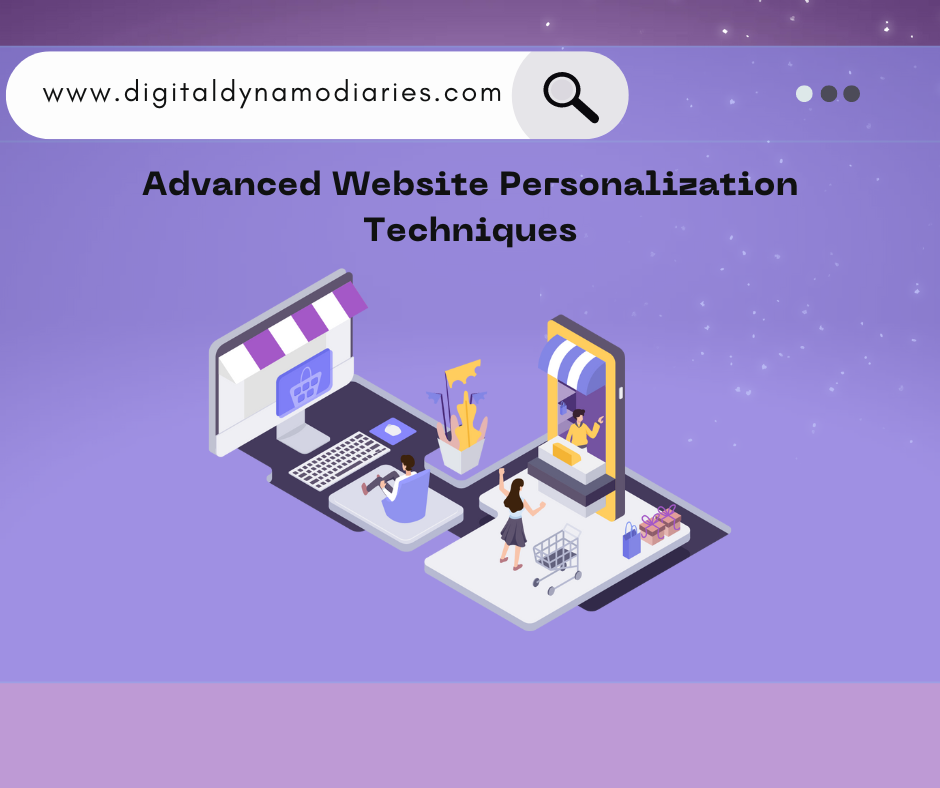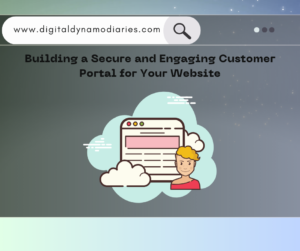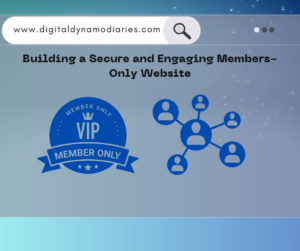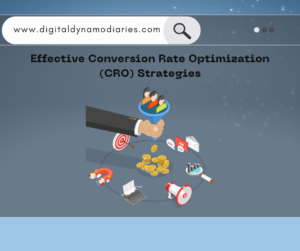Advanced Website Personalization Techniques
In today’s digital landscape, creating a personalized experience for website visitors is more critical than ever. Personalization not only enhances user engagement but also drives conversions and builds customer loyalty. This article explores advanced website personalization techniques that can help you create a unique and compelling experience for your users.
Understanding Website Personalization
Website personalization refers to the practice of tailoring content, offers, and experiences to individual users based on their preferences, behaviors, and characteristics. This technique goes beyond simple content changes; it involves using data to deliver a more relevant and engaging experience.
Key Benefits:
1. Improved User Engagement: Personalized content keeps users interested and encourages them to spend more time on your site.
2. Increased Conversions: Relevant offers and recommendations can significantly boost conversion rates.
3. Enhanced Customer Loyalty: Personalization helps build a stronger relationship with users by addressing their specific needs and interests.
Data Collection and Analysis
To effectively personalize your website, you need to collect and analyze data about your users. This data can come from various sources, including:
1. User Profiles: Information gathered from user registrations, social media logins, and surveys.
2. Behavioral Data: Insights from user interactions on your site, such as pages visited, time spent, and clicks.
3. Transaction Data: Purchase history, abandoned carts, and other e-commerce behaviors.
Techniques for Data Collection:
- Analytics Tools: Use tools like Google Analytics or Adobe Analytics to track user behavior and gather insights.
- Customer Relationship Management (CRM) Systems: Integrate your website with a CRM to manage user data and interactions.
- Surveys and Feedback Forms: Collect direct feedback from users to understand their preferences and needs.
Analyzing Data:
- Segmentation: Divide users into segments based on shared characteristics or behaviors to tailor experiences more effectively.
- Predictive Analytics: Use historical data to forecast future behaviors and personalize content accordingly.
Personalization Strategies
Once you have gathered and analyzed data, you can implement various personalization strategies:
1. Dynamic Content: Customize the content of your website based on user data. For example, show different product recommendations to users based on their browsing history or display localized content based on their geographical location.
2. Personalized Recommendations: Utilize algorithms to suggest products, services, or content based on users’ previous interactions. Amazon’s recommendation engine is a prime example of this technique in action.
3. Behavioral Targeting: Adjust your marketing messages and offers based on users’ behavior. For instance, if a user frequently visits pages related to a particular topic, you can display related articles or offers prominently.
4. A/B Testing: Conduct A/B tests to determine which personalized content or features resonate most with your audience. This technique helps optimize your personalization efforts by comparing different variations and measuring their performance.
5. Geo-Targeting: Deliver content and offers based on the user’s geographic location. This can be particularly useful for local businesses looking to attract customers from specific areas.
6. Personalized Emails: Segment your email lists and create tailored email campaigns based on user preferences and behavior. Personalizing email content, subject lines, and offers can significantly increase open rates and conversions.
7. Real-Time Personalization: Utilize real-time data to personalize content and offers as users interact with your website. This approach ensures that users receive the most relevant and timely information.
Implementing Personalization Tools
To effectively implement these personalization techniques, consider using the following tools:
1. Content Management Systems (CMS): Platforms like WordPress or Drupal offer plugins and features for personalized content delivery.
2. Personalization Engines: Tools like Optimizely or Dynamic Yield provide advanced personalization capabilities and analytics.
3. Customer Data Platforms (CDP): Systems like Segment or BlueConic help aggregate and manage user data for more effective personalization.
Best Practices and Considerations
When implementing website personalization, keep the following best practices in mind:
1. Respect Privacy: Ensure that your personalization efforts comply with privacy regulations like GDPR and CCPA. Provide clear information about data collection and usage.
2. Avoid Over-Personalization: Strive for a balance between relevance and user experience. Overly aggressive personalization can lead to a negative user experience.
3. Test and Optimize: Continuously test and optimize your personalization strategies to ensure they meet user needs and deliver desired outcomes.
Conclusion
Website personalization is a powerful tool for enhancing user engagement, driving conversions, and building customer loyalty. By leveraging data, employing advanced personalization techniques, and using the right tools, you can create a unique and compelling experience that resonates with your audience. Remember to stay mindful of privacy concerns and continuously optimize your strategies to achieve the best results.



